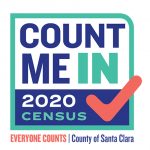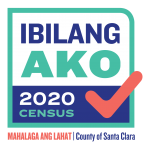
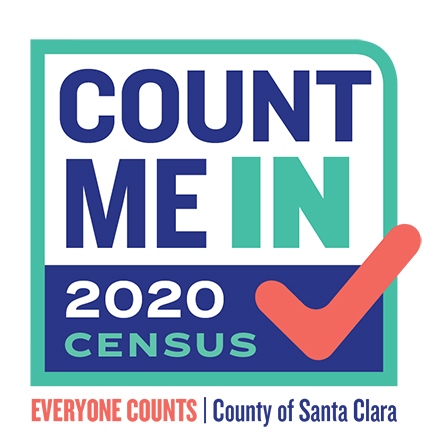
What is the Census?
Every 10 years, the U.S. Census Bureau sets out to count every person living in the United States regardless of age, citizenship status, or gender. Getting the 2020 Census right is important for all our communities.
Online: my2020Census.gov, opens a new window
By Phone:
- English: 1-844-330-2020
- Español: 1-844-468-2020
- Chinese (Mandarin): 1-844-391-2020
- Vietnamese: 1-844-461-2020
- Tagalog: 1-844-478-2020
What is the Census?
Every 10 years, the U.S. Census Bureau sets out to count every person living in the United States regardless of age, citizenship status, or gender. Getting the 2020 Census right is important for all our communities.
Participate Starting March 12
Online: my2020Census.gov, opens a new window
By Phone:
- English: 1-844-330-2020
- Español: 1-844-468-2020
- Chinese (Mandarin): 1-844-391-2020
- Vietnamese: 1-844-461-2020
- Tagalog: 1-844-478-2020
Why is it important?
Services such as health, housing, transportation, education, child services, and more, and provided with $675-billion in annual federal funding. California gets a portion of this money depending on the number of people who fill out the Census.
Census data is also used to:
- Allocate the number of representatives in Congress among states.
- Draw districts for state and local elections.
- Draw the congressional district boundaries.
- Plan where to build schools, hospitals, businesses, homes, public transit, and more.
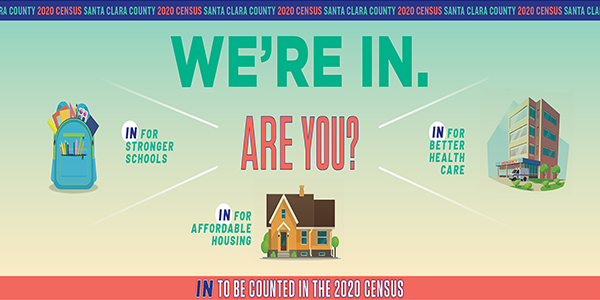
Why is it important?
Services such as health, housing, transportation, education, child services, and more, and provided with $675-billion in annual federal funding. California gets a portion of this money depending on the number of people who fill out the Census.
Census data is also used to:
- Allocate the number of representatives in Congress among states.
- Draw districts for state and local elections.
- Draw the congressional district boundaries.
- Plan where to build schools, hospitals, businesses, homes, public transit, and more.

I'm scared to give my information to the Census
Everyone tells you to be careful about giving out information over the web, but the Census is different. By law, all Census information is confidential and cannot be shared with government agencies, private companies, or businesses. The Census only publishes statistical data about your city, county, and state; nobody can see your individual information.
I'm scared to give my information to the Census
Everyone tells you to be careful about giving out information over the web, but the Census is different. By law, all Census information is confidential and cannot be shared with government agencies, private companies, or businesses. The Census only publishes statistical data about your city, county, and state; nobody can see your individual information.
Who should be counted?
Your Home | Children | Students | Foreign Citizens | Health Care Facilities | Homeless
Everyone Under Your Roof
If you are filling out the Census for your home, you should county everyone who is living there as of April 1, 2020. This includes any friends or family members who are living and sleeping there most of the time. If someone is staying in your home on April 1, and has no usual home elsewhere, you should count them in your response to the 2020 Census.
Please also be sure to count roommates, young children, newborns, and anyone who is renting a space in your home. These people are often missed in the Census. This means they can miss out on resources for themselves and their communities over the next 10 years.
Young Children
It is important to remember to count any children who are living with you. This includes:
- All children who live in your home, including foster children, grandchildren, nieces and nephews, and the children of friends (even if they are living with you temporarily).
- Children who split their time between homes, if they are living with you on April 1, 2020.
- Newborn babies, even those who are born on April 1, 2020, or who are still in the hospital on this date.
Students
- Boarding school students below college level should be counted at the home of their parents or guardians.
- College students who are living at home should be counted at their home address.
- College students who live away from home should be counted at the on- or off-campus residence where they live and sleep most of the time, even if they are at home on April 1, 2020. Please visit Counting People in Group Living Arrangements, opens a new window for more information.
- U.S. college students who are living and attending college outside of the United States are not counted in the census.
- Foreign students living and attending college in the United States should be counted at the on- or off-campus residence where they live and sleep most of the time.
Foreign Citizens in the United States
- Citizens of foreign countries who are living in the United States, including members of the diplomatic community, should be counted at the U.S. residence where they live and sleep most of the time.
- Citizens of foreign countries who are visiting the United States on vacation or business on April 1, 2020 should not be counted.
People in Health Care Facilities
The following patients should be counted at the residence where they live and sleep most of the time, rather than at the facility:
- Patients in hospitals for routine stays.
- Patients at Department of Veterans Affairs hospitals (except for psychiatric units).
- Patients at in-patient hospice facilities.
- Newborn babies (who should be counted where they will live.
People Experiencing Homelessness
In 2020, the Census Bureau will devote three days to counting people who are experiencing homelessness across the country, with checks in place to ensure that people aren't counted more than once. These days follow months of outreach and coordination with local census offices, partners, shelter directors, service providers, and others.
Count Me In Activity
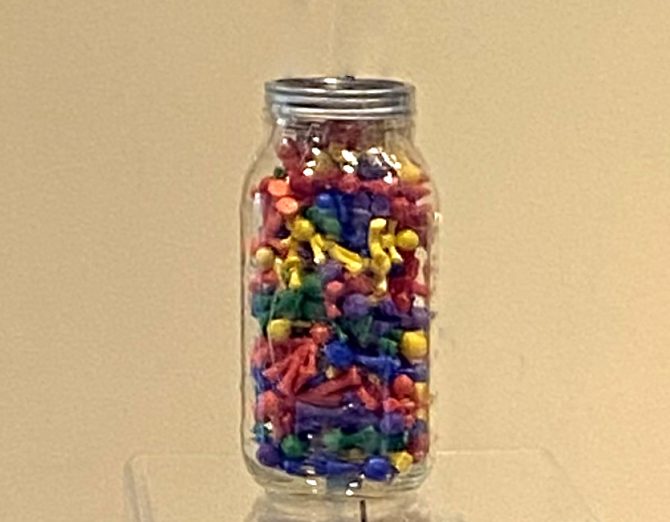
Count Me In Activity
Guess how many people are in the jar.
The jar is a 1 gallon Mason jar and the people are approximately a half-inch high.
-
390
-
570
-
860
-
990

